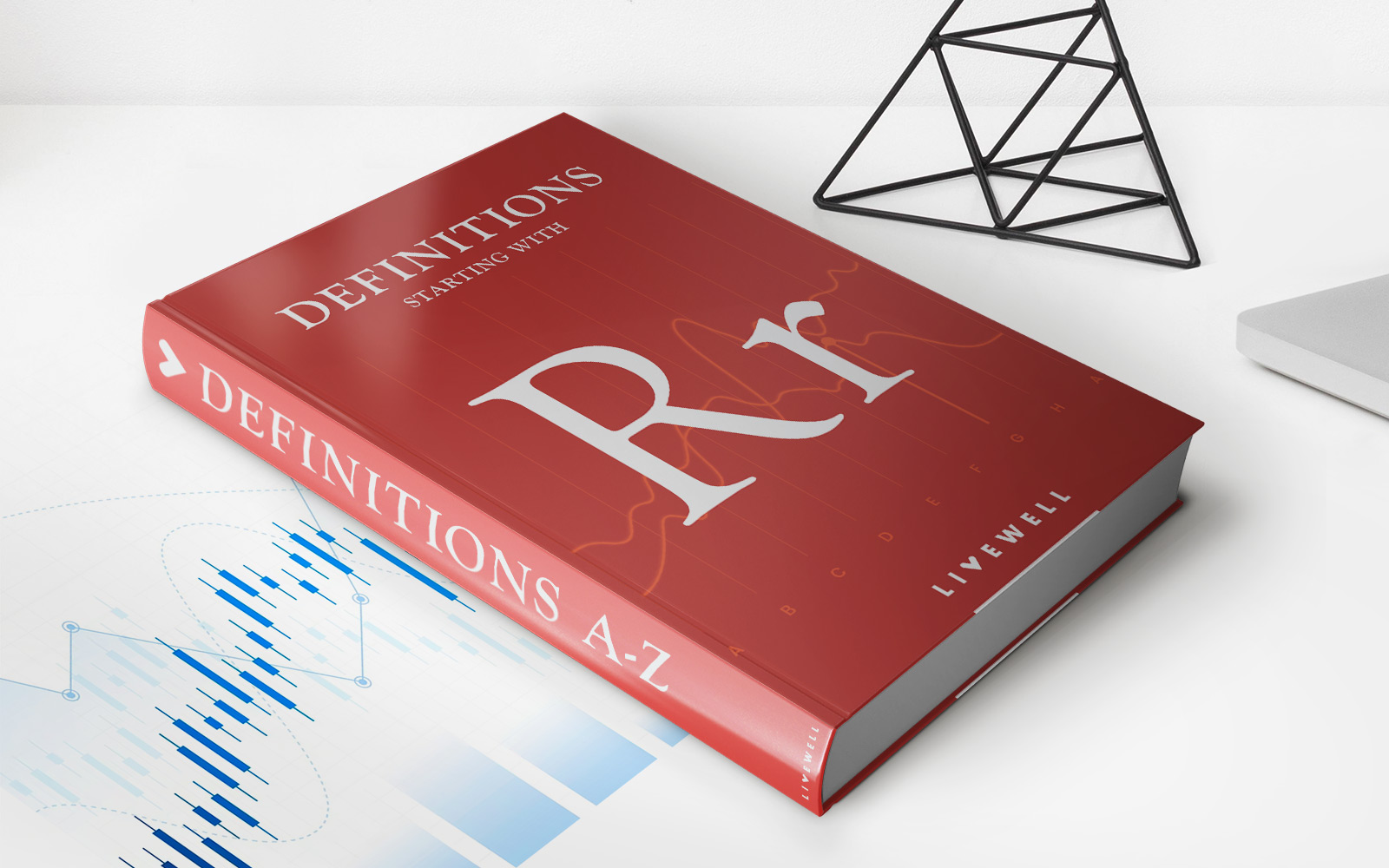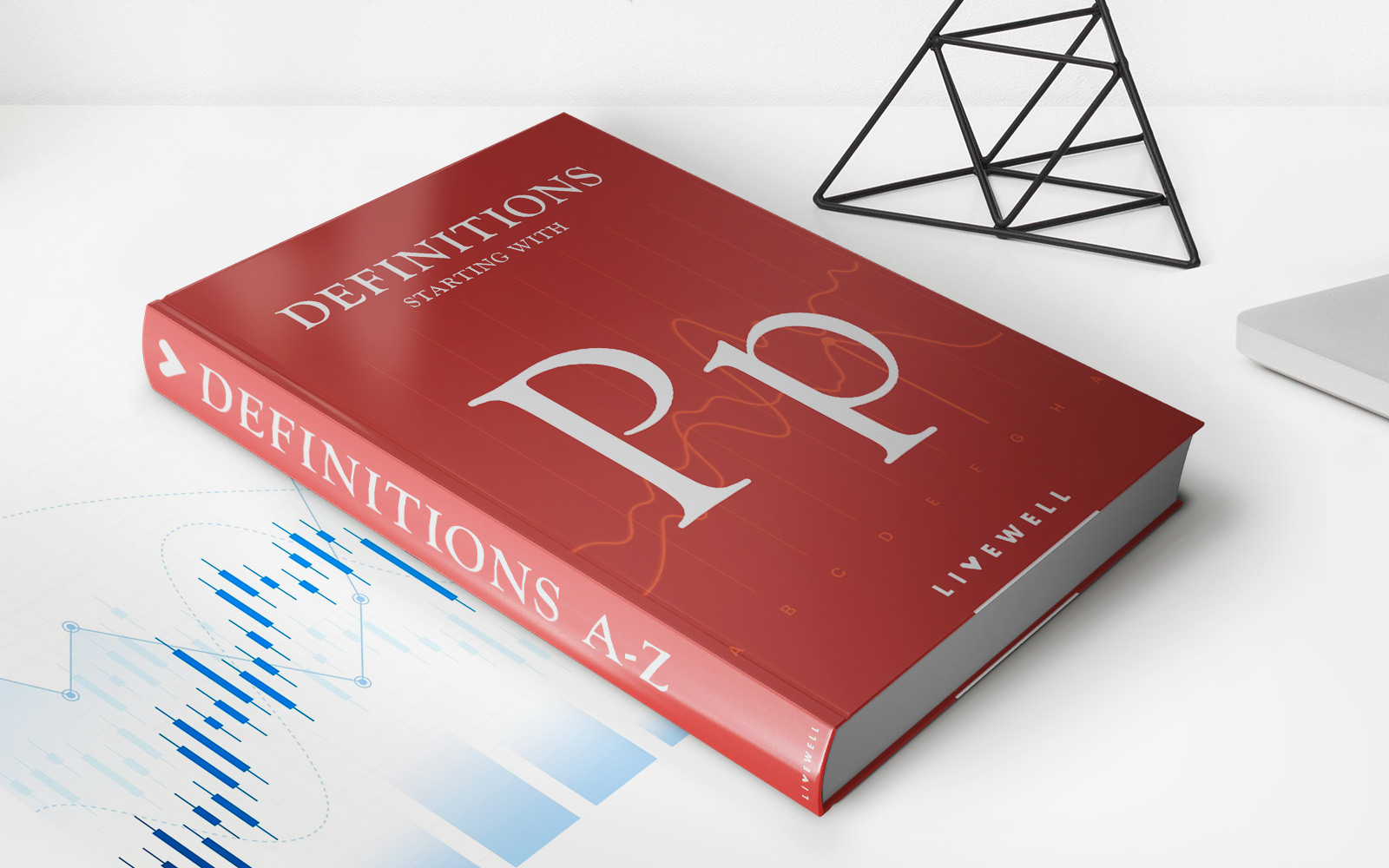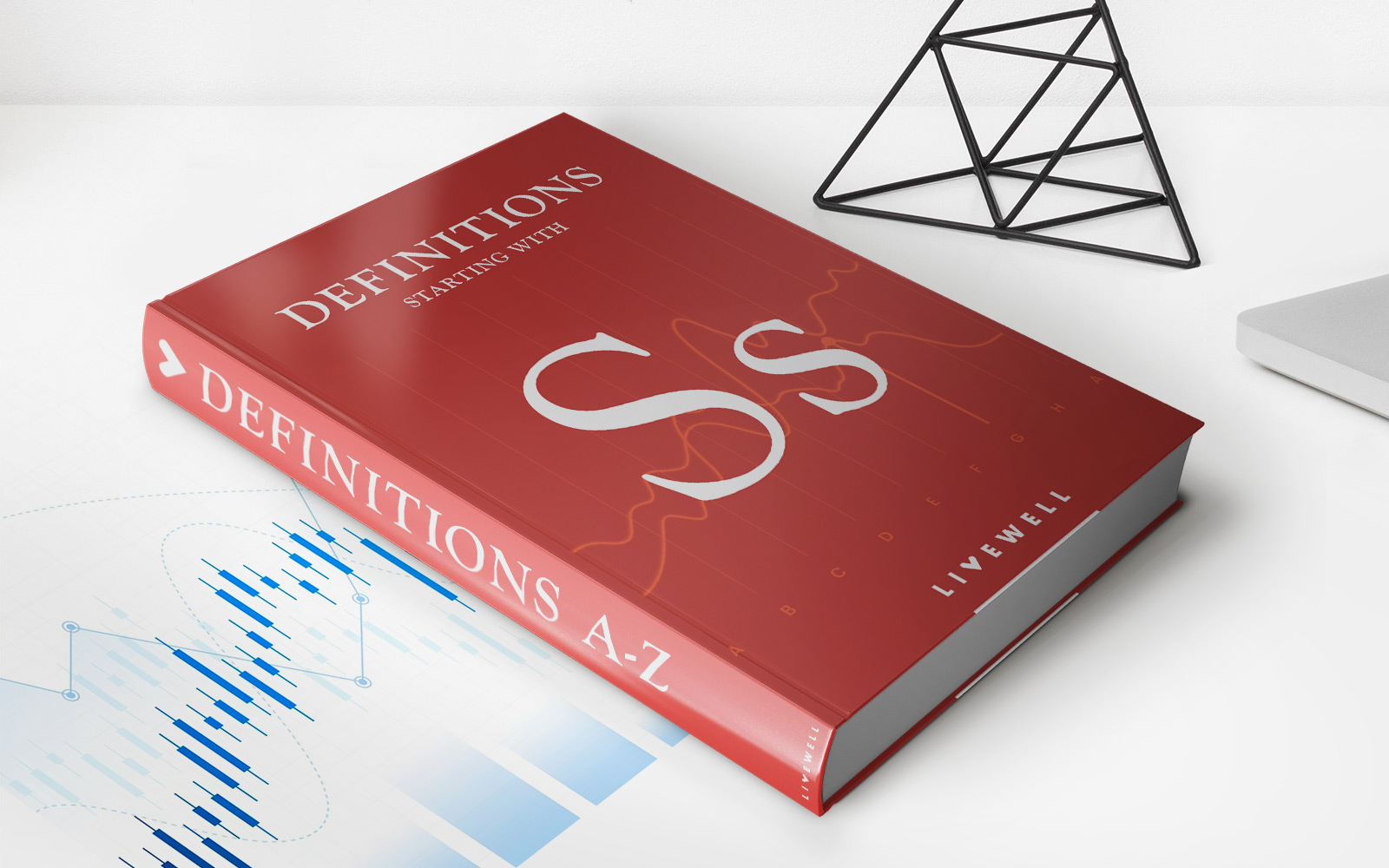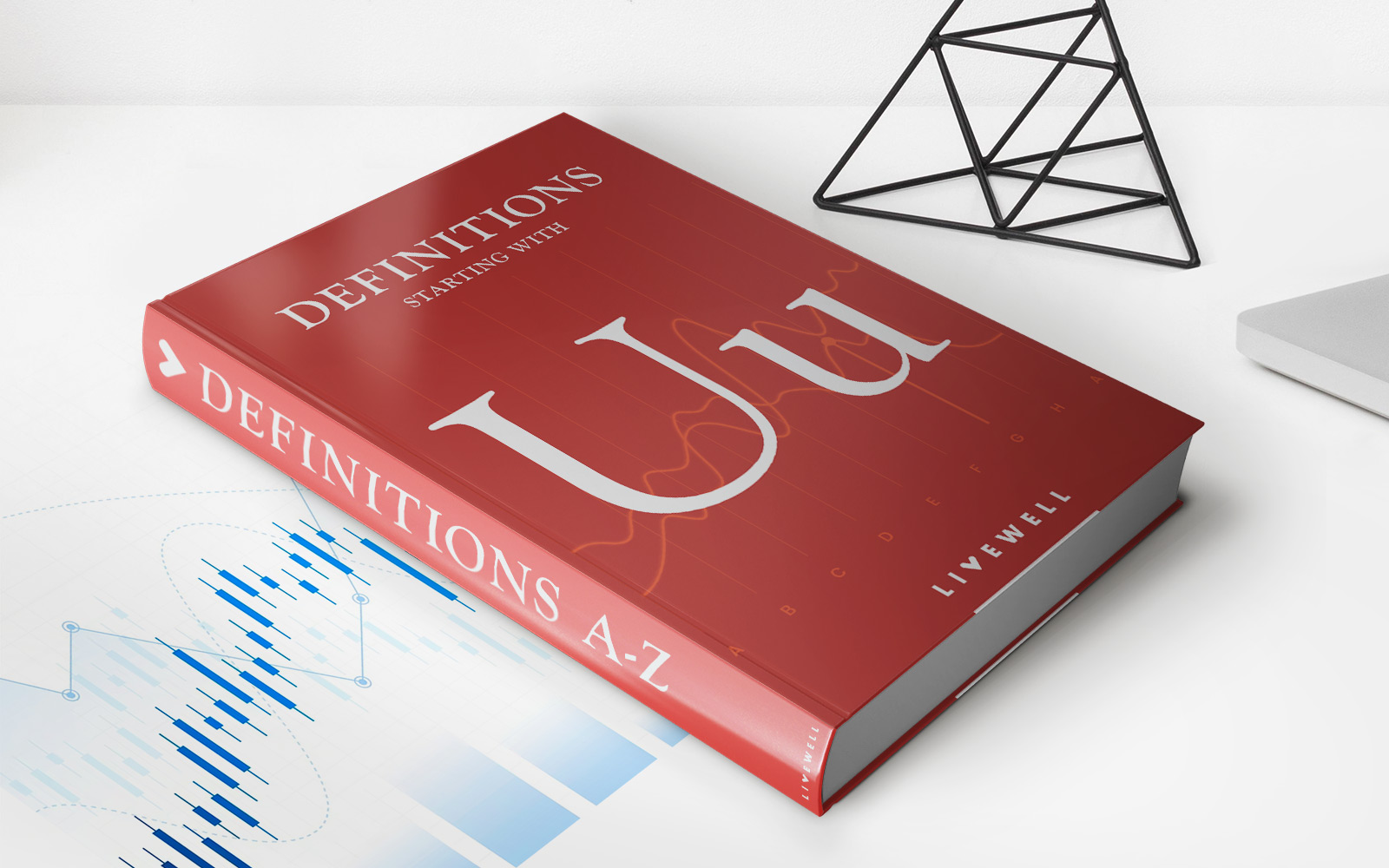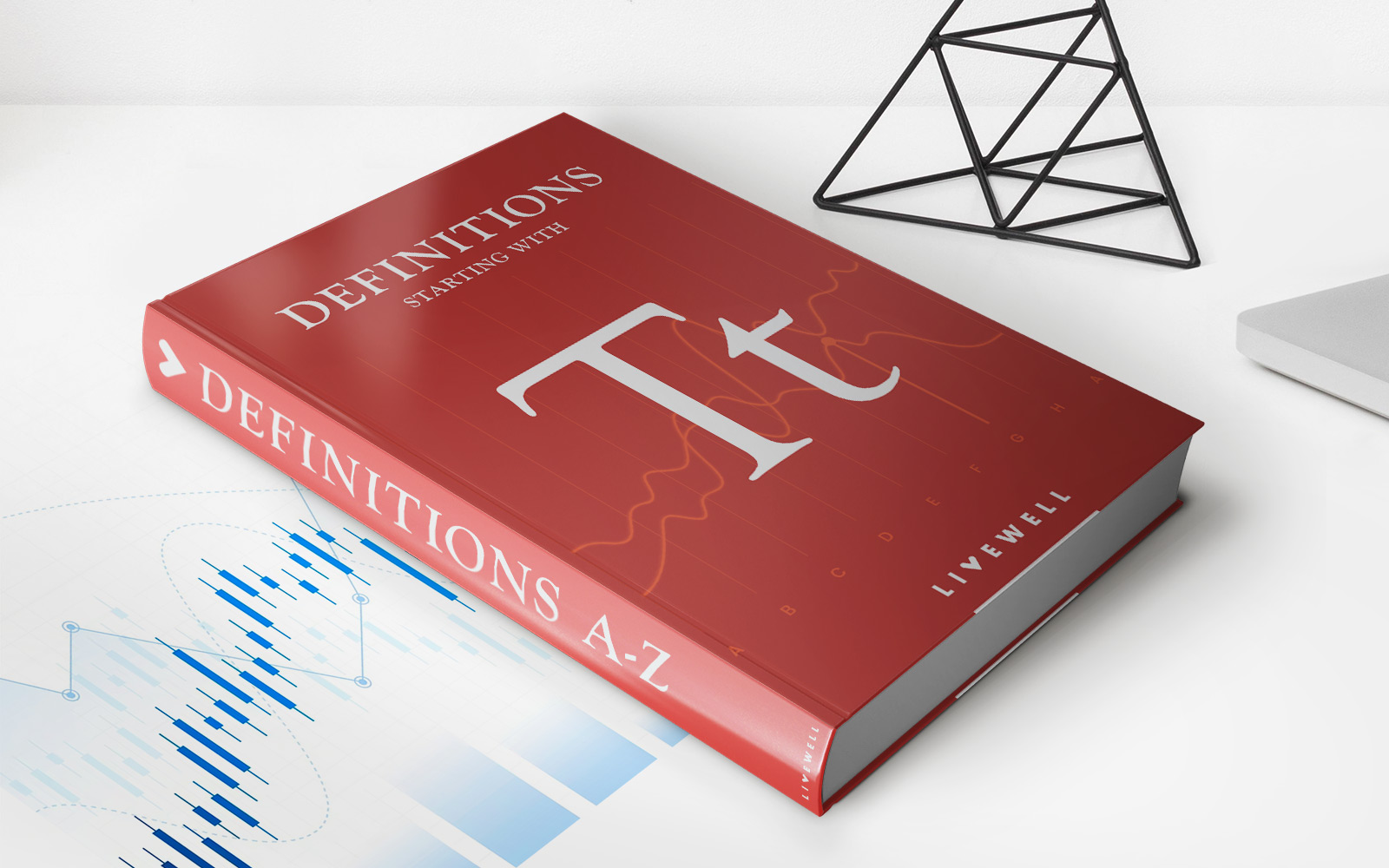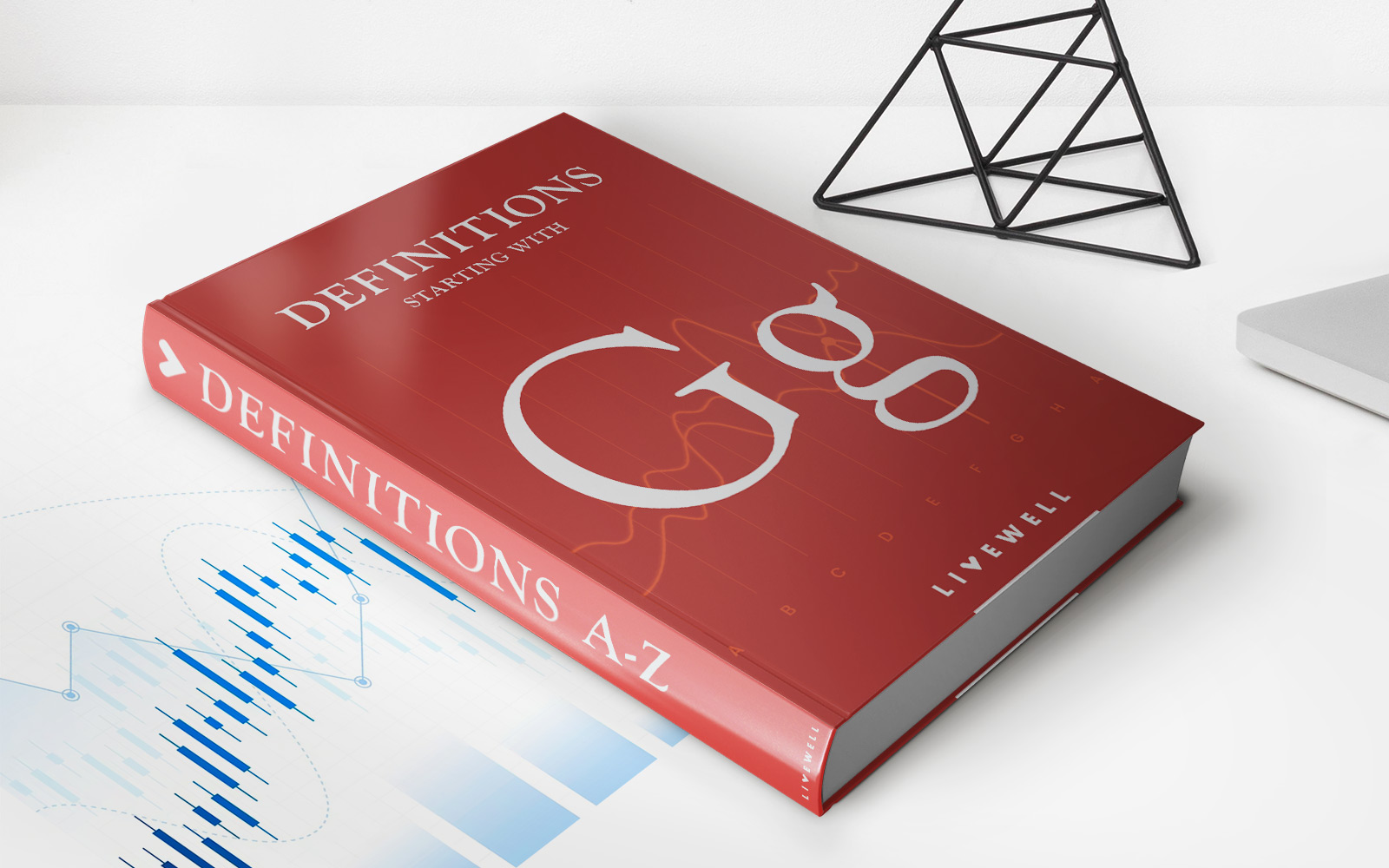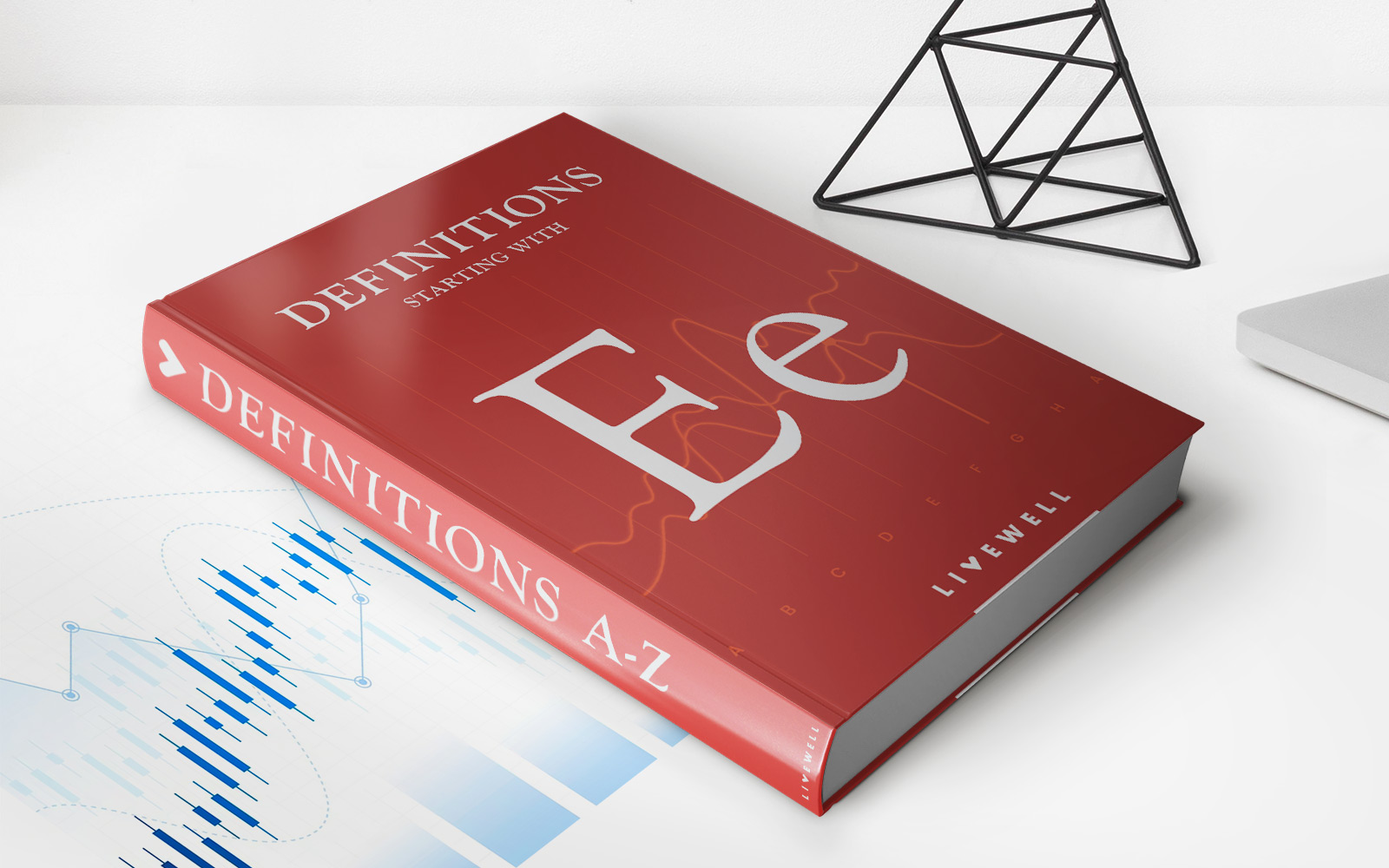Home>Finance>Paradox Of Thrift: Definition In Economics, Examples, Criticisms


Finance
Paradox Of Thrift: Definition In Economics, Examples, Criticisms
Published: January 5, 2024
Learn about the paradox of thrift in finance, its definition, examples, and criticisms. Understand how this concept impacts the economy and personal savings.
(Many of the links in this article redirect to a specific reviewed product. Your purchase of these products through affiliate links helps to generate commission for LiveWell, at no extra cost. Learn more)
Understanding the Paradox of Thrift in Economics
Have you ever wondered why increasing savings during an economic downturn could actually hinder economic growth? This seemingly contradictory concept is known as the Paradox of Thrift, a concept that holds both relevance and controversy in the field of economics. In this blog post, we will delve into the paradox, understand its definition, explore some examples, and discuss its criticisms.
Key Takeaways:
- The Paradox of Thrift highlights the potential negative effects of increased saving during an economic downturn.
- While a personal decision to save is prudent, if too many individuals save, it can reduce overall economic output and exacerbate a recession.
Definition of the Paradox of Thrift
The Paradox of Thrift, coined by economist John Maynard Keynes, suggests that increased saving or thriftiness by individuals and households can lead to a decrease in aggregate demand and, consequently, economic output. Here’s how it works:
- In times of economic uncertainty or recession, people tend to become more cautious about their finances and save more money. This is a rational and responsible personal decision as individuals aim to build a financial safety net for themselves and their families.
- However, when a significant portion of the population shifts towards saving rather than spending, it leads to a decrease in consumer spending, which accounts for a significant portion of the overall economy.
- Reduced consumer spending results in decreased business revenue, leading to lower production, layoffs, and higher unemployment rates. As a consequence, the economy experiences a decline, exacerbating the initial economic downturn or recession.
So, while thriftiness may be a wise individual choice during tough economic times, if everyone embraces the same behavior, it can lead to a vicious cycle of decreased spending, reduced production, and further economic instability.
Examples of the Paradox of Thrift
To grasp the Paradox of Thrift more effectively, let’s explore a couple of examples:
- Consumer Spending During a Recession: During an economic recession, individuals tend to reduce their spending on non-essential items such as vacations, dining out, or luxury goods. While this is a prudent approach at an individual level, if a significant portion of the population adopts this behavior simultaneously, it can result in reduced business revenue and job losses, thereby exacerbating the recession.
- Government Policies on Savings: Let’s say a government implements policies that incentivize individuals to save more by introducing tax breaks or higher interest rates on savings accounts. While these policies may encourage personal savings, if a large section of the population embraces them, it can lead to reduced consumer spending, decreased aggregate demand, and economic contraction.
Criticisms of the Paradox of Thrift
While the Paradox of Thrift is a widely recognized economic concept, it is not without its criticisms. Some critics argue:
- Timing and Economic Factors: The paradox may not hold true in all economic circumstances. Critics argue that the paradox is more relevant during periods of economic downturns or when the economy is operating below its full capacity. During prosperous times, increased saving can result in capital accumulation, leading to increased investment and economic growth.
- Matching Saving with Investment: Critics emphasize the importance of matching increased saving with increased investment. They argue that if increased saving leads to increased funds available for investment, it can promote economic growth without necessarily causing a decline in aggregate demand.
While critics raise valid points, the Paradox of Thrift continues to be a thought-provoking concept that highlights the complex relationship between individual choices and overall economic outcomes.
In conclusion, the Paradox of Thrift serves as a reminder that although saving is prudent on an individual level, an excessive focus on saving during tough economic times can have unintended negative consequences for the overall economy. As with most economic concepts, it is essential to consider the broader context and potential trade-offs when examining the impact of individual behavior on the larger economic picture.


